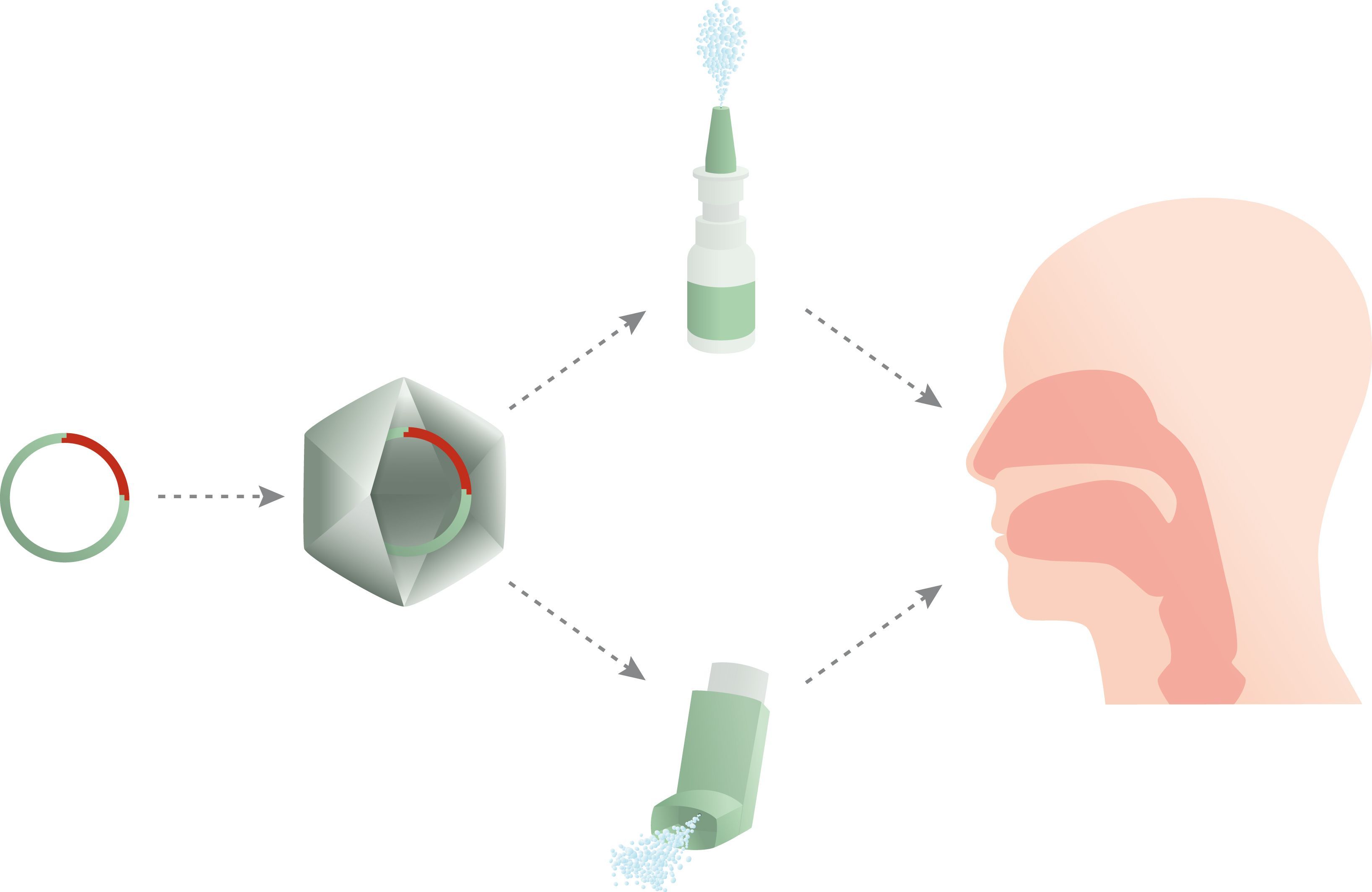Bronchial asthma is a chronic inflammatory disease of the respiratory tract. About 10 percent of children in western Europe suffer from asthma, making it the most common chronic disease in childhood and adolescence. Even though the disease disappears in about half of the patients with puberty, many of them suffer relapses in adulthood or retain a permanent sensitivity of the respiratory tract.
Bronchial asthma cannot be cured at present, but various drug therapies are available.
 Fraunhofer Cluster of Excellence Immune-Mediated Diseases
Fraunhofer Cluster of Excellence Immune-Mediated Diseases